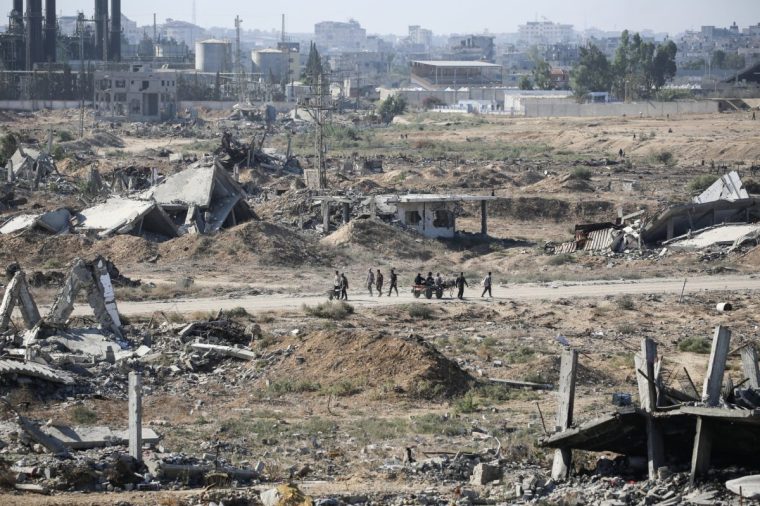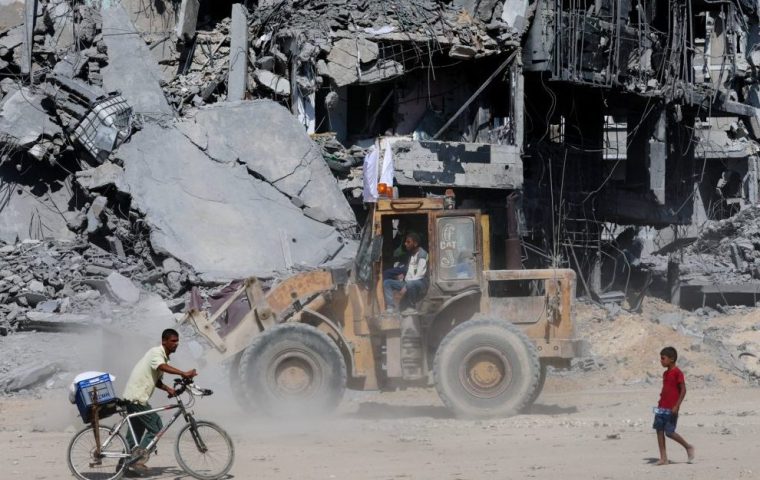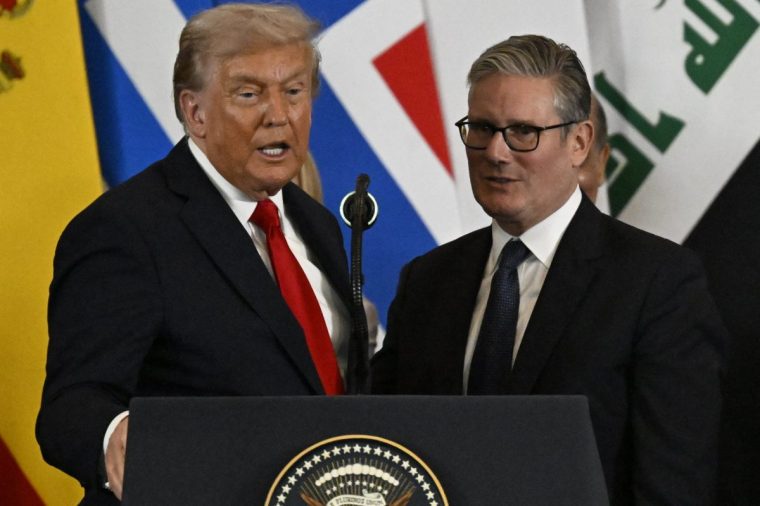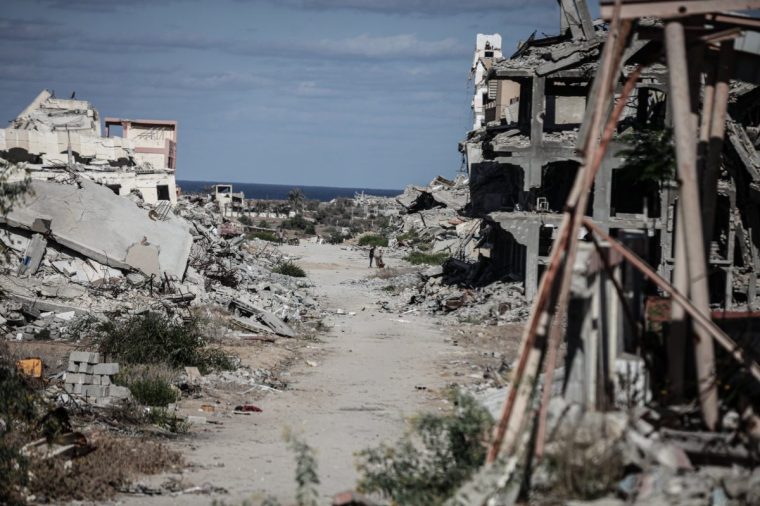No foreign army is going to want to be a part of a force that would be targeted by Hamas, one expert tells The i Paper
The UK is heavily involved in discussions around a peacekeeping force to secure a post-war Gaza, but is unlikely to put boots on the ground, as a “mini civil war” ramps up in the devastated Strip.
Donald Trump outlined plans for an International Stabilisation Force in Gaza as part of his 20-point vision for peace.
The force, built with “Arab and international partners”, would be the “long-term internal security solution” for Gaza, the plan said, training vetted Palestinian police forces and “consulting with Jordan and Egypt who have extensive experience in this field”.
But there is hesitance among European and Arab governments about sending troops into Gaza, particularly as violent clashes break out between Hamas and its rivals.
At present, only Indonesia has said it is willing to deploy up to 20,000 troops for UN peacekeeping missions, including in Gaza, but it is not clear if they have been actively involved in the International Stabilisation Force planning as yet.
Diplomatic sources said that there are several options for the peacekeeping force, but one on the table would see a command post – including Western militaries – based outside of Gaza, while neighbours and regional powers put troops within the Strip.
This system could be organised by the UN, which has experience peacekeeping all over the world and would be well-placed to facilitate international involvement.
However, Dr HA Hellyer, senior associate fellow at the Rusi think-tank specialising in Middle East affairs and regional security, said that “no foreign army is going to want to be a part of a force that would be targeted by Hamas for being a collaborative force or a new occupation force”.

“Nobody’s going to want to be part of an entity that is mandated to disarm Hamas,” he added.
David Butter, an associate fellow on Chatham House’s Middle East programme, said that a command post outside of Gaza containing international militaries seemed like a probable solution, but that it was not yet clear which – if any – Arab states would be willing to send troops into Gaza.
“Egypt doesn’t want a lot of its police or soldiers in Gaza. Egypt and Turkey would prefer to contribute through intelligence operations, or by supporting a Palestinian police force, but without a visible role,” he said.
“There isn’t appetite [among regional powers] to sending their troops into Gaza to face firefights with Hamas or other groups,” Butter added. “There is no indication that anyone involved in this process would actually send troops. It seems that nothing has been agreed except the phrase ‘International Stabilisation Force’.”

Butter said that the rising violence in Gaza was a “complicating factor” in any planning, but that Egypt had strong intelligence in this area which would help the stakeholders to adapt.
The violence could also derail the peace process before any stabilisation force is even established, which is only designed to enter Gaza if the Israel-Hamas peace deal holds.
Yossi Kuperwasser, an Israeli security and intelligence expert, told The i Paper that Israel would not proceed with the peace deal if Hamas refuses to disarm.
UK meeting with allies about peacekeepers
The UK has held talks about a peacekeeping force and long-term peace plan with European counterparts, with several delegations understood to have travelled between the UK and France since August.
Discussions are continuing as to how the British military would fit into the system, with nothing agreed as yet. However, one insider suggested the UK had expertise, particularly in reconnaissance and disarmament, to offer.
They said the UK stands “ready to play our part” not only in the first phase of the peace plan – in which hostages and prisoners are exchanged – but also in “crucial work” on the long-term future of Gaza.

These plans do not yet appear to have reached the desk of the Ministry of Defence, where no meetings have been held internally on the issue and no plans are under active consideration.
Unexploded bombs key challenge for troops
Among the dangers will be unexploded ordinance, which are littered under the rubble in Gaza.
Darren Cormack, the chief executive of UK humanitarian landmine charity the Mines Advisory Group, said that many of the bombs dropped by Israel will not have detonated, posing a risk to life of both civilians and any incoming troops.
“Hundreds of thousands of missiles, grenades, shells, mortars and other weapons have been used in Gaza in the last two years. A significant proportion of those weapons will have failed to explode and could be buried, lodged in the rubble or lying on the surface,” Cormack said.

However, the scale of the destruction in Gaza and the dense urban environment would make clearance “extremely challenging”, and the efforts would cost at least tens of million of pounds and potentially many lives.
“The precise scale of the challenge will only be known when safe access allows a proper survey, but the nature of it will certainly be unprecedented,” he said.
Cormack added: “The scale of the task will be made worse by the sheer variety of weapons deployed – from precision-guided missiles to artillery fire and grenades. There are millions of tons of rubble through which experts will have to sift to make explosives safe; and then there are the airdropped bombs that could be buried as deeply as 14 metres under the surface.
“Each will require a different approach,” he said. “With some being detonated in place and others requiring the removal of complex and sensitive fuses by highly trained explosive ordnance experts”.
While the international community appears to agree on the need for reconstruction and peacekeeping in Gaza, few countries so far appear willing to put boots on the ground when the threats from militant groups and unexploded bombs remain so large.
This means the crisis in Gaza might last a lot longer before it gets any better.
